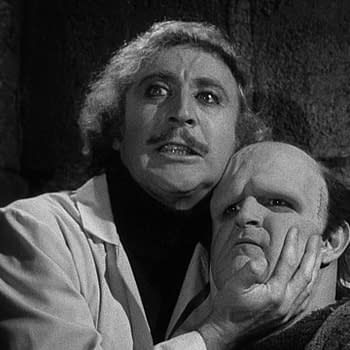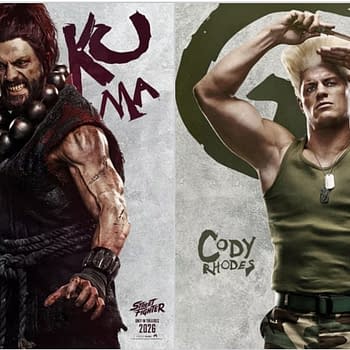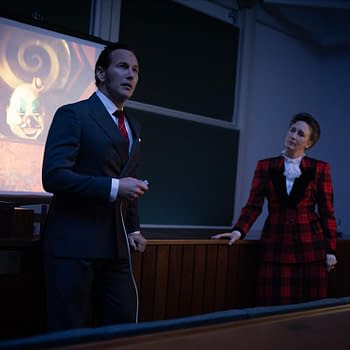Posted in: Exclusive, Interview, Movies | Tagged: exclusive, interview, kelsey grammer, Murder Company, Pooch Hall, Shane Dax Taylor, William Moseley
Murder Company Director Shane Dax Taylor on WWII Film & Real Stories
Director Shane Dax Taylor (The Best Man) spoke to Bleeding Cool about the World Ward II film, Murder Company & telling real stories.
Article Summary
- Director Shane Dax Taylor discusses his World War II film "Murder Company" and the importance of real stories.
- Inspired by "Saving Private Ryan" and others, Taylor aimed for authenticity in portraying the D-Day invasion.
- Kelsey Grammer and cast brought camaraderie and depth to their roles, enhancing the film's impact.
- The most challenging scene involved managing 150 stuntmen and extras, showcasing intense battle sequences.
It's hard to encapsulate the experience of World War II, but filmmakers are doing what they can to present those stories to general audiences. Shane Dax Taylor (The Christmas Classic, The Best Man) is one director interested in bringing those real stories to life, even if they are dramatized. Maverick Films' Murder Company follows a group of US soldiers amidst the D-Day invasion of Normandy, France, that are given orders to smuggle a member of the French resistance behind enemy lines to assassinate a high-value Nazi target. Taylor spoke to Bleeding Cool about why he wanted to make Murder Company, his biggest influences that drove the film, assembling the cast, his most difficult sequence, and what he gained from the experience.
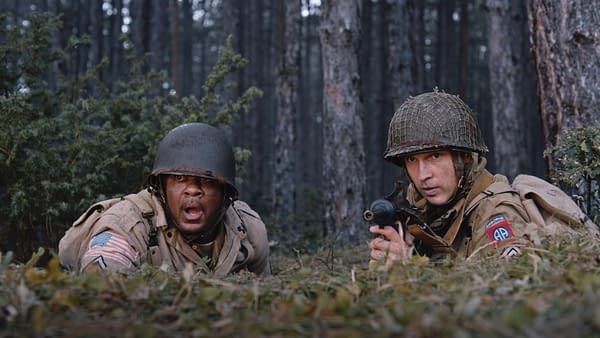
How Shane Dax Taylor Brought the Story of 'Murder Company' to Life
Bleeding Cool: What intrigued you about 'Murder Company?'
I've always wanted to do a World War II film or a war film in general, and this one was the first one offered to me where I was like, "Okay, this is what I need to jump in and make." It's one of those films that can bring people together. We have all this division, and with what's going on in politics and around the world, this story can bring people together. I'm hoping people will go and see it and feel the same way.
What were the biggest influences as a filmmaker that shaped your film?
I've watched and directed many action films. It was a lot of one-on-one fights or gun battles, and the scope of this one felt so much bigger. We had 150 stunt guys and extras on sets for several days. It was the scope of this. We were able to blow people up, catch them on fire, and in the trees. I've done a lot of these stunt films, but this was one where I went back and watched 'Saving Private Ryan' (1998), 'Fury' (2014), and Sisu (2022) that came out last year to nail the period and study the language of what words they use, and how they cuss. What is also important is to ground this film; I wanted each actor who played these characters to have a backstory. If anything happened to them, it was a big deal. I gave them all families, and normally, in a war film, people come and go, but this one, they have someone to go home to.
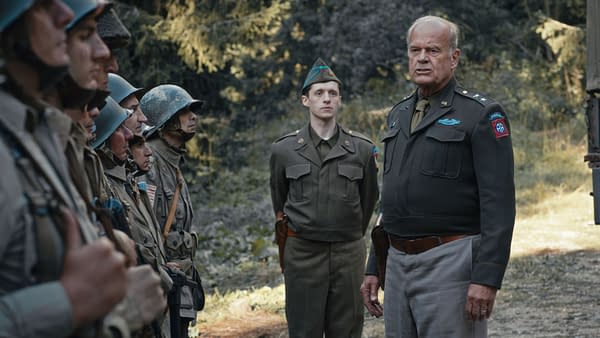
What did Kelsey [Grammer], William [Moseley], Joe [Anderson], and Gil [Marini] bring to the set, and how did their performances help carry the film?
Each of these guys. Kelsey was already on board when I got on. It was an honor to work with him, and he's a genuinely nice guy and an amazing actor. Having the opportunity to work with him helped me sign on quickly to this project. With the other actors, like Pooch Hall and Jilon VanOver, I've known those guys for 25 years and worked with Jilon many times. I've always wanted to work with Pooch. Bringing them on board with Joe, William, and these guys was like a brotherhood. We spent all our days, and once we finished shooting, we'd have dinner together, which is rare. Many times, people are like, "Okay, enough! I've seen you all day. I don't need to spend any more time with you." We would hang out on off days, go hiking, and tour around Sofia [Bulgaria]. It was important to us to bring that sense of camaraderie together. It was a film always near and dear to my heart because of our time together.
Can you break down the most difficult sequence from the film and how you pulled it off?
The most difficult part was that we had 150 stuntmen and extras on set for a couple of days and then another 100-150 crew members. It was important for me to not…this is a World War II film, and it's not like they're wearing masks. It's not a 'John Wick' film where you can repurpose certain actors or stuntmen. This was one project; if someone were to get killed or injured in a sequence, we couldn't use them again. When we had 150, we really had 150 on this side or 50 people over here, 50 here, 25 here, whatever it is, and these guys felt surrounded. It was unlike anything, but thank goodness I had to prep because this was a 12-day shoot. Prepping to pull that squad sequence office was important because normally, that would be 12 days for a little shoot, but that one sequence I'm describing would be 12 days by itself as it should have been.
What is the biggest lesson you gained as a director from this experience?
That's a great question. The biggest one is that I've always wanted to do a war film, and [Murder Company] made me want to do more and tell these personal stories. There's not just World War II, but other wars we've been fighting. There are so many stories and a couple of other ones I'd love to direct based on true events. It's a matter of telling as many of these stories as possible because I've made a lot of action films. Most of them now have been fictionalized, but to tell real stories, it's an honor to be able to do that and make these families' legacies live on and show their heroism.
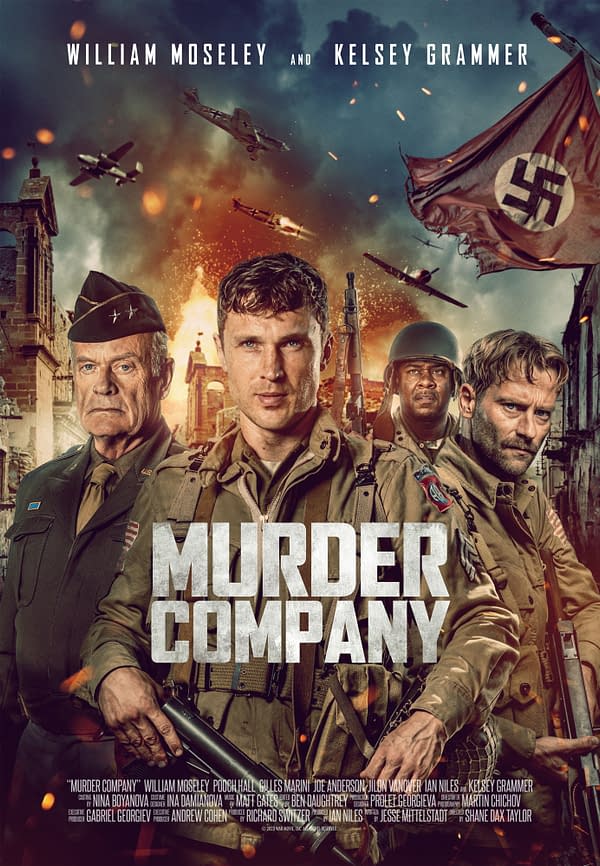
Written by Jesse Mittelstadt, Murder Company is available in select theaters, digital, and on-demand.










